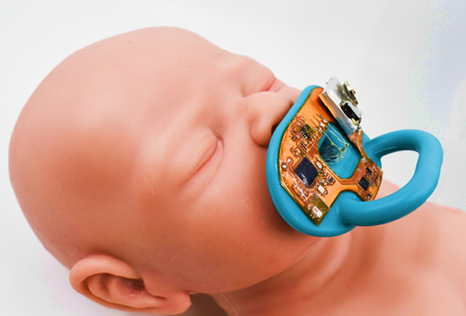While human beings tend to stay wedded to many different principles, one that describes us the best is the principle of growth. You see, since the very beginning, humans have made a rather enormous effort in terms of pursuing consistent progression. This, in turn, has guided us towards some significant milestones, including an all-important concept called technology. Technology’s emergence was such a pivotal moment in our history, as it gave the world a whole new identity, one that was much smarter, and definitely, more accommodating. Now, the same would be evident within the various iterations of our tech-driven progression, but if we have to pick the most crucial representation, it will be what happened on the healthcare block. Technology’s foray into healthcare came at a time when the sector was literally running on fumes. However, despite the size of work required, technology was successful in shaking up the entire landscape. In fact, even after giving the sector a new lease of life, the creation would continue nurturing it under some capacity or the other, and one recent development proves that big time.
The researching team at Washington State University has officially revealed a new smart pacifier, which is design to facilitate continuous monitoring of electrolyte levels in saliva. As per certain reports, the device can help with avoiding blood draws in premature infants. A feature worth-mentioning here is its non-invasive nature. So far, blood draws or procedures containing heavy equipment have headlined the methods to carry out the said job, but assuming the pacifier ends up working out, it will introduce a whole dynamic, a dynamic that is naturally more suitable for infants. Talk about how the device functions on a granular level, it employs microfluidic channels to draw saliva inside. Next, the pacifier’s in-built sensors spring into action for measuring elements like sodium, and potassium ion concentrations. Once the measurements are done, the collected dats is transmitted to a caregiver through Bluetooth. Interestingly enough, beyond patient’s convenience, the device can also bolster caregiver’s assessment, considering it offers a real-time lowdown on the electrolyte levels. This, in particular, is really a huge upgrade from the twice-a-day snapshot provided by blood draws.
“You often see NICU pictures where babies are hooked up to a bunch of wires to check their health conditions such as their heart rate, the respiratory rate, body temperature, and blood pressure,” said Jong-Hoon Kim, one of the developers involved. “We want to get rid of those wires. Normally, in a hospital environment, they draw blood from the baby twice a day, so they just get two data points. This device is a non-invasive way to provide real-time monitoring of the electrolyte concentration of babies.”
The researchers have already tested the device on a number of infants, and if available details are to be believed, the pacifier did show efficiency levels that were similar to traditional methods.


















